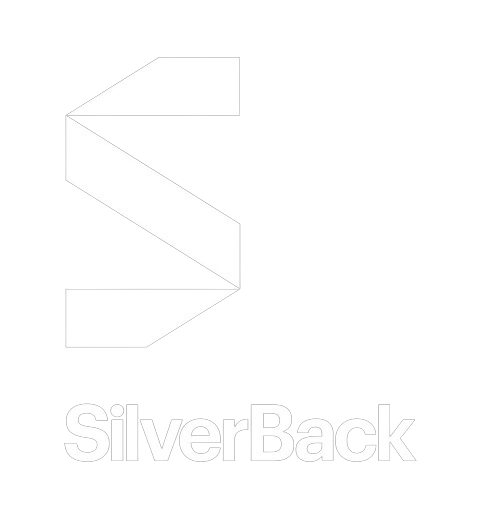As we conclude SilverBack’s 11th end-of-year get together, it is important to reflect on the journey thus far. Not many years ago there were only four people at our annual year-end events. This time, we hit the 40 mark and that growth in personnel gives us great pride. Our gathering was in the beautiful city of Warsaw, Poland, where we were joined by colleagues from Ireland, Sweden, France, Romania, Italy, Spain, the UK and our local Lublin office.
As a company with members of our head office based all over Europe, it’s a fantastic opportunity for us all to get together and report on developments made by each department during the year. There were lots of presentations and lots of messages which resonated. However, if there was ONE common thread throughout the presentations it was the ambition to standardise, digitalize and automate.
With the rapid development of workflow technology, there are now multiple resources readily available to people who might view themselves as “passive techies”. So, this relatively easy integration of new technology into our existing processes should make our clients’ and project staff’s working lives much easier.
Being user-friendly and conscious of how people experience engaging with SilverBack is at the forefront of our minds. It was clear from our review sessions that, as a company, our core values of being intentional, being respectful, being empathetic and being progressive are aligned with this commitment to user-friendly engagement. This must include how we sell, recruit, onboard and communicate with project staff, in addition to how we deal with financial activities.
We are really excited to see where 2024 brings us and we hope to continually improve the way we work. The world is changing in a dramatic way and SilverBack is committed to keeping pace with such change. Furthermore, we expect to be driving that change as a key player in high value technology projects, the decarbonisation of traditional industries and the build-out of those data centres which house all our new work tools in the cloud! Next stop…. 100??
In a recent Wall Street Journal article, Ed Ballard highlighted how two Swedish companies had to reconfigure the financing model for green start-ups. The traditional build-it-and-they-will-come strategy was way too risky for the future visibility and technology reasons touched upon earlier. So, two private investors – Harald Mix and Carl-Erik Lagercrantz – spotted the opportunity to de-risk these projects by lining up customers first. This was the critical third leg of the financing model which enabled these founders of battery maker, Northvolt, and green-hydrogen steel manufacturer, H2 Green Steel, to raise money.
Now, for another German starring role…. the first customers to pre-purchase product from Northvolt and invest in the project were German auto giants, BMW and VW. In the case of H2 Green Steel, its first customers to commit to buy green steel at a 25% premium to normal steel market prices were another German auto icon, Mercedez-Benz, and VW-owned truck maker Scania. Note these companies have invested in H2 Green Steel as well as ordering product. This is an interesting twist on the not-so-new practice of customers committing in advance to power supplied by capital-intensive renewable energy projects. In the case of Northvolt and H2 Green Steel the interests of all investors, government/state and private, are aligned with committed future customers. Arguably, market demand is more visible. Indeed, Harald Mix, one of Northvolt’s founders, has said, “The demand is becoming predictable”.
In a European context, the prospect of 250 more battery factories to be built further demonstrates that demand. However, Europe’s cleantech ecosystem features a few extra drivers which add to investment visibility and opportunity. Prices of credits in the EU emissions (CO2) trading system have been rising in recent years prompting companies to model the potential growth in the cost of meeting emissions targets. Furthermore, the EU’s new import tax on carbon-intensive goods (Carbon Border Adjustment Mechanism) entering the EU was a further incentive to upgrade company supply chains using non-EU steel, cement, fertilizer, aluminium, electricity and hydrogen which previously incurred lower carbon costs. All has potentially changed since the new regulations became law on Nov 1st 2023. For H2 Green Steel the timing of CBAM was excellent.
The sale of 40% of H2 Green Steel’s early production to customer investors underpinned the largest private equity funding round (€1.5 billion) completed in Europe in 2023, and we will be watching closely to see who participates in a further €3.5 billion debt funding round scheduled for later this year. In fact, at time of writing, news is breaking that 24 commercial banks plus the European Commission – via the European Investment Bank (EIB) – have just completed the largest ‘green loan’ raised in Europe to date; a whopping $5 billion of funding for Northvolt’s Swedish operation in Skellefteå. Clearly, for risk-averse lenders, the aligning of an equity risk buffer across public/state, private and customer investors plus emission credits and taxation incentives is a unique selling point for these European cleantech projects and many more to come. Be under no illusions, the “land-grab” for investment in the global decarbonisation race is very real. So, despite the downbeat front page economic headlines, consider Germany’s financing of the Northvolt Heide project as a significant positive illustration of Europe’s determination to strongly compete for investment capital.

